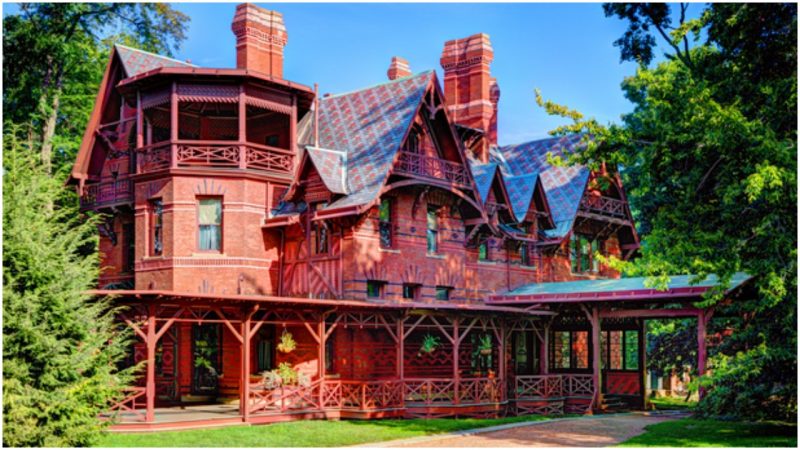Mark Twain may be associated with the image of a carefree hometown boy from Missouri wandering around looking for adventures that can be turned into unforgettable stories. So one may be surprised to find out that Mark Twain, born Samuel Clemens, America’s most beloved author, lived in a rather grand mansion in Hartford, Connecticut.
Today, this place, which was named as “one of the ten best historic homes in the world” by National Geographic, offers tours to visitors interested in American cultural history and want to know more about Twain’s contribution to it. Still, the Twain home lets visitors get a real feel of what it was like to live in his house, since each of the tour guides presents a significant figure from Twain’s life at different times (his housemaid, his wife’s maid or their coachman), giving first person accounts of his private life and work.
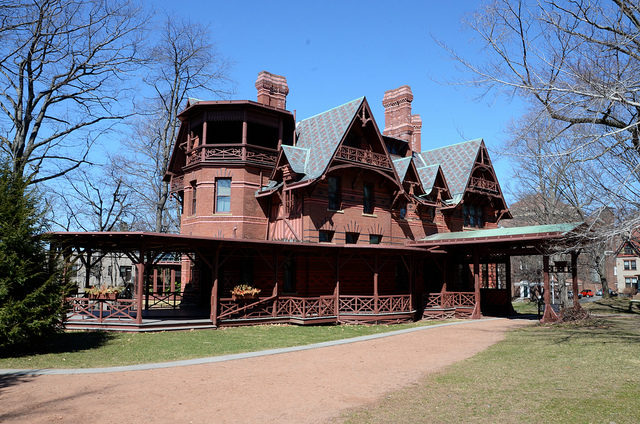
When Twain first visited Hartford in 1868, he immediately fell in love with it, describing it as one of the most beautiful cities he had ever seen. After his marriage to Livy Langdon, he decided to settle down and raise the family in Hartford. In 1870, he and his wife decided to move to Nook farm, a residential area where numerous prominent literary figures lived, including Harriet Beecher Stowe, the author of Uncle Tom’s Cabin. They choose an elegant, whimsical mansion in the heart of then-Victorian Hartford.
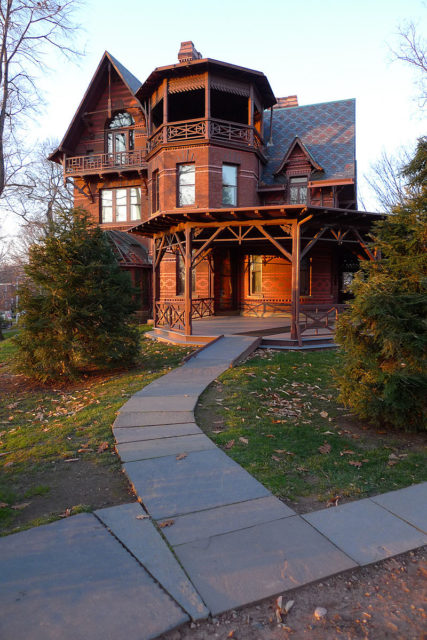
Mark Twain himself described his home as “something between a Mississippi steam boat and a cuckoo clock.” Built in 1874, the mansion was carefully designed by the New York architect Edward Tuckerman Potter. The Twains were much involved in the design and construction of the home where they were to spend 17 years. During that period, Twain wrote his best-known works, including The Adventures of Tom Sawyer, The Adventures of Huckleberry Finn, The Prince and the Pauper, and A Connecticut Yankee in King Arthur’s Court.
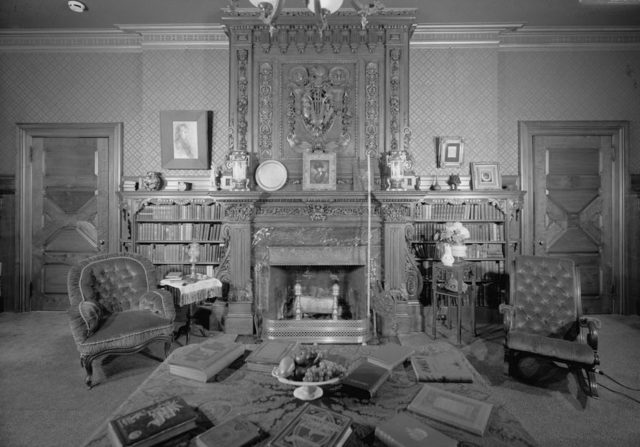
The Clemenses had a knack for entertaining guests. The mansion’s interior includes a drawing room that was used for formal entertaining and hospitality. The room is luminous and spacious, inviting its visitors to sit and relax while glancing around at the family’s treasures.
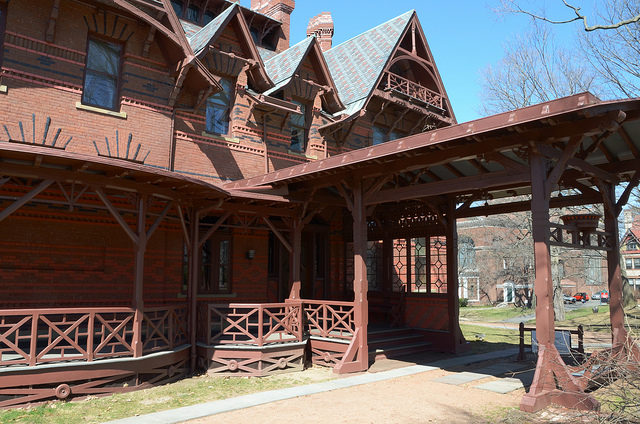
Many items of memorabilia are situated in the dining room as well. That was the room where a wide range of guests, including artists and diplomats, shared lavish dinners with the Clemenses or listened to Twain’s frequent piano performances. The top of the house holds the favourite room of Twain, the billiard room, which he used as a makeshift study. Reportedly, he sat at the back corner of the room writing and rewriting. Today, the billiard table is covered with a pile of scattered notes and papers that revive the creative atmosphere of the literary legend.
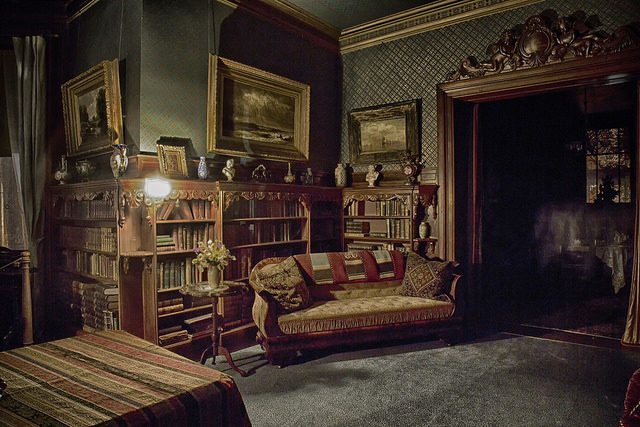
Inside the master’s bedroom is a massive walnut bed that instantly captures one’s attention. The exceptionally carved item was bought by the couple in Venice. Interestingly, Twain and Livy kept their pillows at the foot of the bed. According to Twain, they did so in order to provide themselves a view of the angels on the headboard, which, presumably, gave peace to the sleepers.
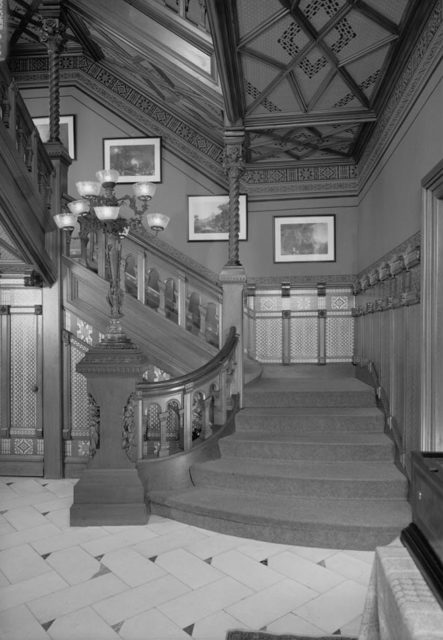
Twain and his family cherished storytelling as their favorite form of entertainment, so the true center of their social life was in the library. The family usually gathered there to tell and exchange stories or just to listen to Twain reading his works.
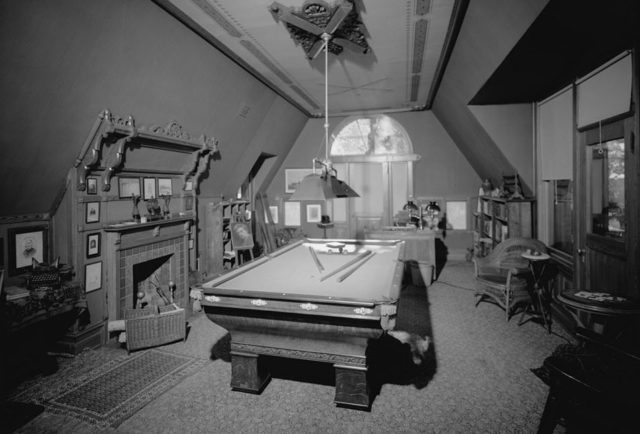
The sound of running water leads to the conservatory, the room where the family enjoyed the outside. Filled with enchanting greenery, the space unravels to a sprawling bay window that offers a view over the Nook Farm neighborhood and even the house of Twain’s neighbor, Harriet Stowe, which is just across the way and also welcomes tours.
The home of Mark Twain is open all year round to visitors and as reported on its official website marktwain.org, it offers ghost tours in October and special holiday tours that reconstruct a traditional holiday atmosphere.
